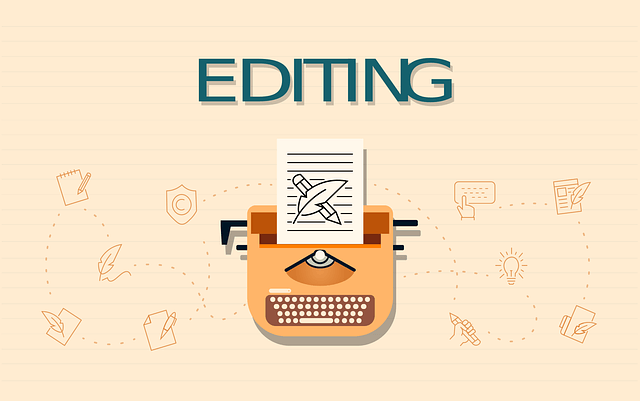
What is copyediting? Part 2
Copyediting, as we saw in part 1, was traditionally done on paper. The author would type her book out using a typewriter or electronic word processor, and then post the typewritten pages to the publisher, who would forward them to a copy editor.
Although a more efficient copyediting method has now largely replaced this outdated procedure, some copy editors still prefer to copyedit on the author’s manuscript.
So we’ll briefly look at the two kinds of copyediting.
Copyediting – ancient and modern
On paper
Traditional copy editors edit on paper, ‘hard copy’, using either a red or a blue pen. (In my opinion red is best, as it’s far easier to see red corrections – although some authors may feel they’re back at school, with their English teacher correcting sloppy work!)
As the lines between the type (‘copy’) are double spaced, using standard copyediting marks the copy editor crosses out text and inserts changes in the margins or above the crossed-out lines of copy. Hence the term ‘copyediting’.
The copy editor also inserts typesetting codes in the left-hand margin beside the various page elements, so the typesetter will know how to format these.
For example, the copy editor might insert a ‘CH’ to the left of the chapter heading, and make a ring around the CH, so the typesetter will know this is a code and not text for insertion.
The typesetter has the publisher’s book formatting style to follow, so sets the chapter heading according to the correct format (say bold, UPPER CASE, Rotis Sans Serif font).
When she’s completed the copyediting and inserted all the author’s replies to her queries, unless she works in-house, the copy editor posts the edited manuscript back to the publishing house.
On a computer
Editing on a computer screen rather than on a hard copy is known as ‘on-screen editing’. This newer procedure has pretty much replaced traditional hard-copy editing because on-screen editing is far more efficient and thus more cost-effective.
With on-screen editing, the typesetter has the copy editor’s corrected, coded files to work with, rather than having to transfer thousands of corrected characters from a copyedited manuscript to the computer.
Plus, if a copy editor has unclear handwriting (or has used a pen with faint ink or a thin nib), the typesetter has a tough time trying to decipher the corrections from a marked manuscript.
This slows down the typesetting and bumps up the typesetting costs (because the job takes far longer).
As the typesetter has much less work (no corrections to transfer from the hard copy to an electronic file), the typesetting is completed a lot faster. Which results in
- reduced typesetting costs, and
- the book’s production schedule is shorter.
Also, on-screen copyediting means the freelance copy editor can quickly and easily transfer the edited files back to the publisher via email . . . rather than having to take time to (1) weigh, address and seal a heavy parcel of copyedited pages, (2) drive to the post office, (3) find a parking space, (4) pay the parking fee, (5) join a long queue, (6) post the parcel, and finally (7) drive back to the office again.
Moreover, as email is instantaneous, the publisher gets the files almost immediately, rather than having to wait until the next day for the post to arrive – and there’s always the risk of delayed arrival or, perish the thought, of the parcel being lost.
Copyedited files sent via email thus save a huge amount of time and avoid ever-increasing postal costs.

